

Identity Modules role in Dell EMC vSAN Ready Nodes
Fri, 19 Nov 2021 18:07:33 -0000
|Read Time: 0 minutes
When we think about vSAN Ready Nodes from a Dell Technologies perspective, we provide a wide portfolio of platforms to choose from, both in terms of form factors and technical specifications. We can also offer ease of operations and life cycle management, which are made possible by the graceful integration of Dell EMC Open Manage Integration for VMware vCenter (OMIVV) with VMware’s vSphere lifecycle management (vLCM).
But…is there anything else?
The answer is yes! Behind the scenes is a simple technology that enables the Dell EMC vSAN Ready Nodes platform to reach advanced levels of automation.
Let me introduce the Dell EMC Identity Module.
Our first contact with this interesting subject comes when we first connect to the underlying PowerEdge iDRAC interface. As shown in the following image, the iDRAC has spotted something.

Is there anything different in this Dell EMC R740XD vSAN Ready Node than what we could observe if instead we were seeing a standard PowerEdge R740XD? Indeed. That brief description of the R740XD vSAN Ready Node makes the difference. We’ll get to that very soon.
As you may know, vCenter is the main management console for a VMware platform such as vSAN Ready Nodes. From vCenter, we can see a very similar description of our Ready Node:
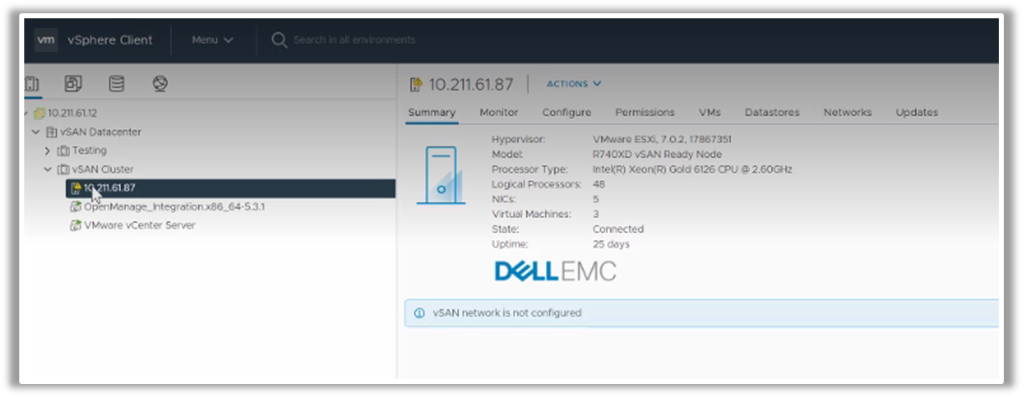
What if we were just seeing a PowerEdge server, such as a PowerEdge MX740C?
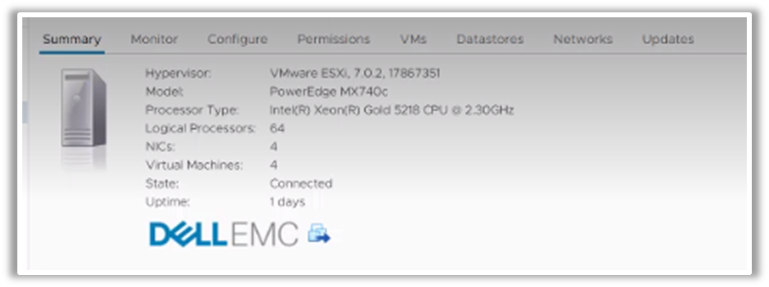
No mention of Ready Node here, just a vanilla description of the server model. So, what’s the deal about that unique chassis identification provided by the Identity Module?
That particular text string enables any programmatic interface to locate and direct an operation to that specific set of infrastructure assets. A select type primitive from an automation platform may be able to pinpoint a Dell EMC vSAN Ready Node from other servers because it has an Identity Module. This means that if we have a 100-node server farm, in which 16 are, for example, Dell EMC R740XD vSAN Ready Nodes, and the rest are other server types without an Identity Module, we can easily direct any operation coming from an automation framework such as vRealize Orchestrator, Ansible, or Puppet to our Ready Nodes, and it will respond positively to any query that is looking for a vSAN Ready Node text string.
The Identity Module, as a unique chassis identification method, allows any programmatic operation to distinguish the ready node farm from the rest of the servers in the datacenter—a simple feature that enables such powerful automation. On top of this, from a support perspective, the Identity Module enables Dell teams to more rapidly triage and diagnose any system anomaly. This feature helps the more than 1.800 VMware certified Dell support engineers solve above 90% of the cases in-house, avoiding the need to route level 3 tickets to VMware.
Consider it another technology tidbit that helps differentiate Dell EMC vSAN Ready Nodes from other similar offerings.
To read more about Identity Modules driven automation, check out this blog (Tony’ blog on IDMod automation, when available).
For more technical information on Dell EMC vSAN Ready Nodes, check here.
Author Information
Inigo Olcoz, Senior Principal Engineering Technologist at Dell Technologies
Twitter: @VirtualOlcoz
Related Blog Posts

Simplifying Security Operations for Dell HCI Platforms with NSX
Thu, 08 Sep 2022 16:58:04 -0000
|Read Time: 0 minutes
Today, most technology companies in the IT space work to offer customers not only the best technology innovations but also those that help simplify their day-to-day lives.
One example of this is the new vCenter plug-in for NSX-T, introduced with vSphere 7.0 Update 3c and NSX-T 3.2. Through this new deployment method for NSX-T, management and operations users can now use NSX-T as a plug-in for vCenter, similar to how earlier versions of NSX were configured. Through wizard-assisted operations, security policies can easily be configured, deployed, and operated within vCenter.
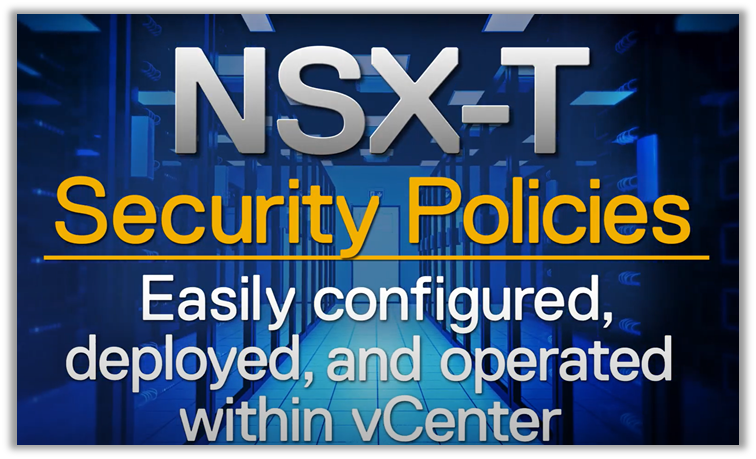
Figure 1. The new vCenter plug-in for NSX-T simplifies security deployment and operations
For Dell HCI platforms such as VxRail, vSAN Ready Nodes, and PowerEdge servers hosting vSAN-based workloads, NSX becomes an optimal network and security engine.
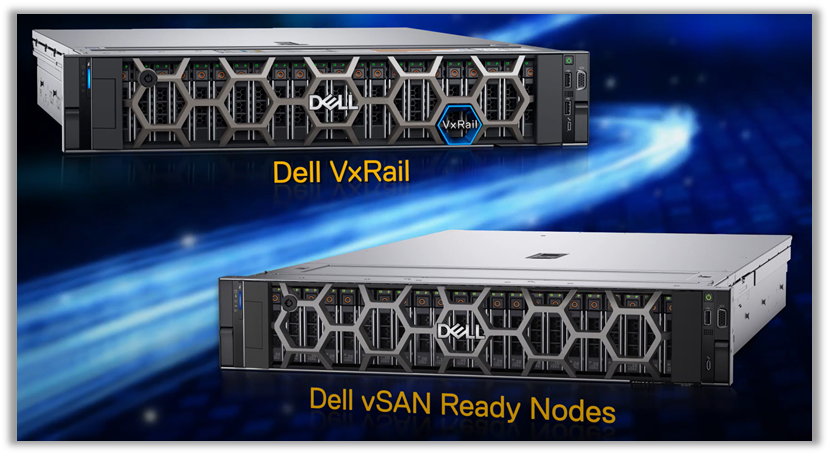
Figure 2. Dell HCI platforms such as VxRail or vSAN Ready Nodes become the perfect targets for the new vCenter plug-in
The whole process is simple. It can be completed by following these steps:
- Install NSX-T Manager and provide a license key.
- Install the new method to configure and operate NSX security, the vCenter plugin for NSX.
- Configure the distributed firewall policies for the HCI cluster:
a. Define infrastructure services as needed (DNS, DHCP, custom…).
b. Create the environment to consume the defined infrastructure services. - Define how the elements in the environment can communicate with each other.
- Define communication strategies for applications in the environment.
- Review and verify the defined security policies before they are published and effective.
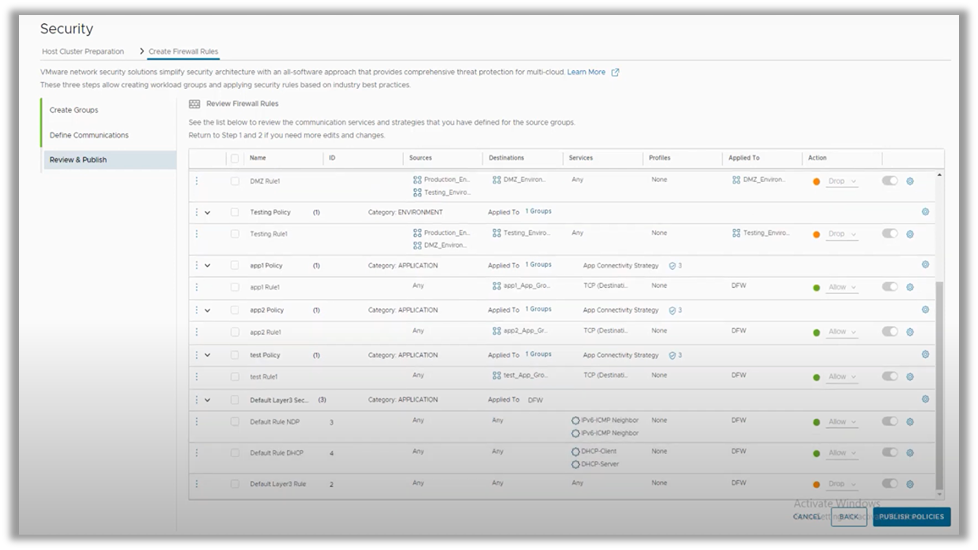
Figure 3. Defined NSX security rules can be reviewed before going live
If you want to learn more about how simple security operations can become with the new vCenter plug-in for NSX, take a look at this video.
Author: Inigo Olcoz
Twitter: VirtualOlcoz
References
- VxRail Info Hub
- vSAN Ready Nodes Info Hub
- HCI Security Simplified: Protecting Dell VxRail with VMware NSX Security
- Simplifying Security Deployment and Operations for Dell HCI Platforms
- Video: Simplifying HCI Security with the New vCenter Plug-in for NSX

The Benefits of Composable Infrastructure for VMware Cloud Foundation on vSAN Ready Nodes
Thu, 25 Aug 2022 17:14:52 -0000
|Read Time: 0 minutes
Discussions comparing the public cloud to on-premise architectures have shifted to discussions about the best way to build a hybrid model.
Multi-cloud delivery services alongside on-premise infrastructure seems to provide the versatility that organizations need for business critical missions, however they are often complex and costly. Ending up with multiple administrative teams, toolkits, and processes doesn’t appeal to most organizations as a winning horse.
As usual, simplicity comes to our rescue. An integrated offering that provides customers with the advantages of both the public cloud and an on-premise infrastructure helps organizations with the following:
- Control infrastructure price and performance
- Improve their deployment times and thus time to value
- Minimize cost and complexity, through a single set of skills and tools
Most organizations that are interested in these benefits are not prepared to build a hybrid cloud themselves. Running an on-premise datacenter or building assets in the main public cloud tends to be more familiar for most IT teams, but managing both at the same time may be beyond the capabilities of some existing IT teams.
In these cases, a trusted partner that brings guidance and innovation to follow this path is crucial. Such a partner can provide a set of familiar management tools with all the administrative and analytics capabilities required to monitor business workloads—such as tools that can be extended to multiple public cloud providers, giving organizations the advantages of compelling cost, efficiency, and speed.
Because most organizations today are using virtualized on-premise infrastructure, VMware comes to my mind as a perfect partner for this journey, having a mature technology offering to help companies build a hybrid cloud.
VMware on Dell offers infrastructure to build a foundational hybrid cloud. This architecture makes the on-premise more cloudy and enables workload mobility to place every workload, whether it is in a public cloud or in our on-premise infrastructure.
Dell PowerEdge MX offers a software defined data center that empowers organizations towards a hybrid cloud model. For example, when this infrastructure is coupled with VMware Cloud Foundation (VCF) and VMware on AWS organizations can build a hybrid cloud using popular VMware tools and capabilities.
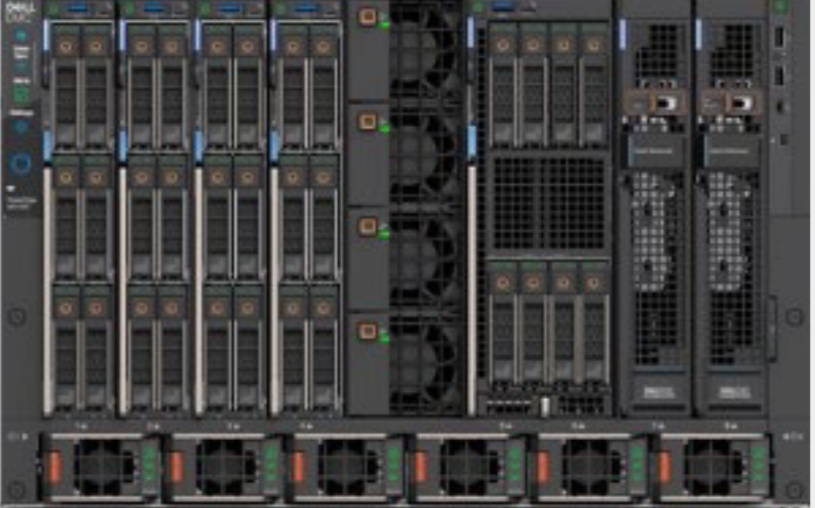
Figure 1: MX composable infrastructure chassis
MX chassis is built with capabilities that perfectly match vSAN requirements. Each node can hold six drives, which ensures that that two of the drives are caching devices within the vSAN cluster for optimal performance.
A low latency smart fabric is built into the MX design. This minimizes the risk that lack of throughput or excessive latency presents for a hybrid cloud deployment. Expandable and extensible by design, the MX family can deliver cloud value across many technology generations.
Dell MX management is integrated with VMware Cloud Foundation 4.x. The MX hardware has the systems’ management and APIs to hook into the VMware consoles that customers are used to. This way we can deploy VCF into the MX infrastructure though a simplified path that eliminates tedious stepwise processes around setup, monitoring, provisioning, and management.
Dell and VMware have also worked together to improve telemetry and insight, giving operators an improved view of resource utilization for each node and chassis in the MX infrastructure.
In summary, the advantages of running VCF on Dell vSAN Ready Nodes based on PowerEdge MX servers include:
- A scalable network design that provides a low latency, automated and not oversubscribed fabric to support any workload deployment the business may need
- A secured stack all the way from the hardware to the VMware management console
- An integrated management with tool set that helps IT admins provision, monitor, and maintain their MX based vSAN Ready Node farm. One console can manage multiple chassis and even other server and storage types.
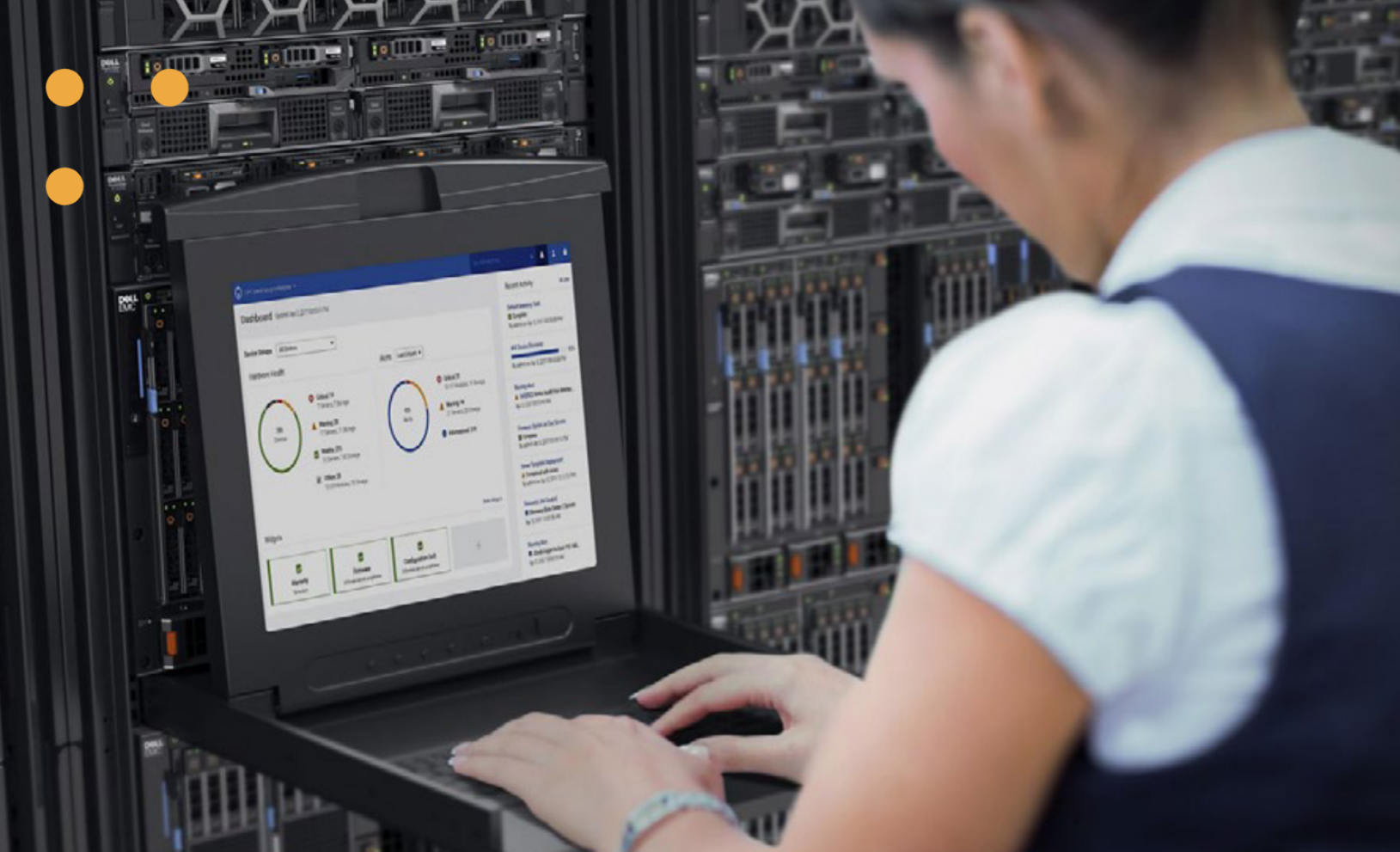
Figure 2: MX integrated management simplifies hybrid cloud operations
One way to see the integration of VCF with MX based vSAN Ready Nodes in action is to deploy a new workload cluster of Dell vSAN Ready Nodes MX750c into an existing VCF infrastructure.
Principled Technologies performed this test and showed how simple and straightforward the expansion process is with MX servers. They also showed, by following the same expansion process with two generations of MX servers (MX740c and 750c), that the tools and processes remain the same across server generations.
The engineers completed the expansion process in just two hours and 21 minutes. It took the same time for each of the two server generations.
For more information about this test case, see the Principled Technologies report.
Conclusion
Although building a functioning hybrid cloud to support real business workloads may look complex, it can be simplified if by using the proper technologies and tools. VCF combined with Dell vSAN Ready Nodes MX composable infrastructure offers a perfect duo to reach an organization’s hybrid cloud goals.
You can read more about Dell vSAN Ready Nodes at the Dell Technologies Info Hub.
Author information
Iñigo Olcoz
Twitter: @virtualOlcoz


